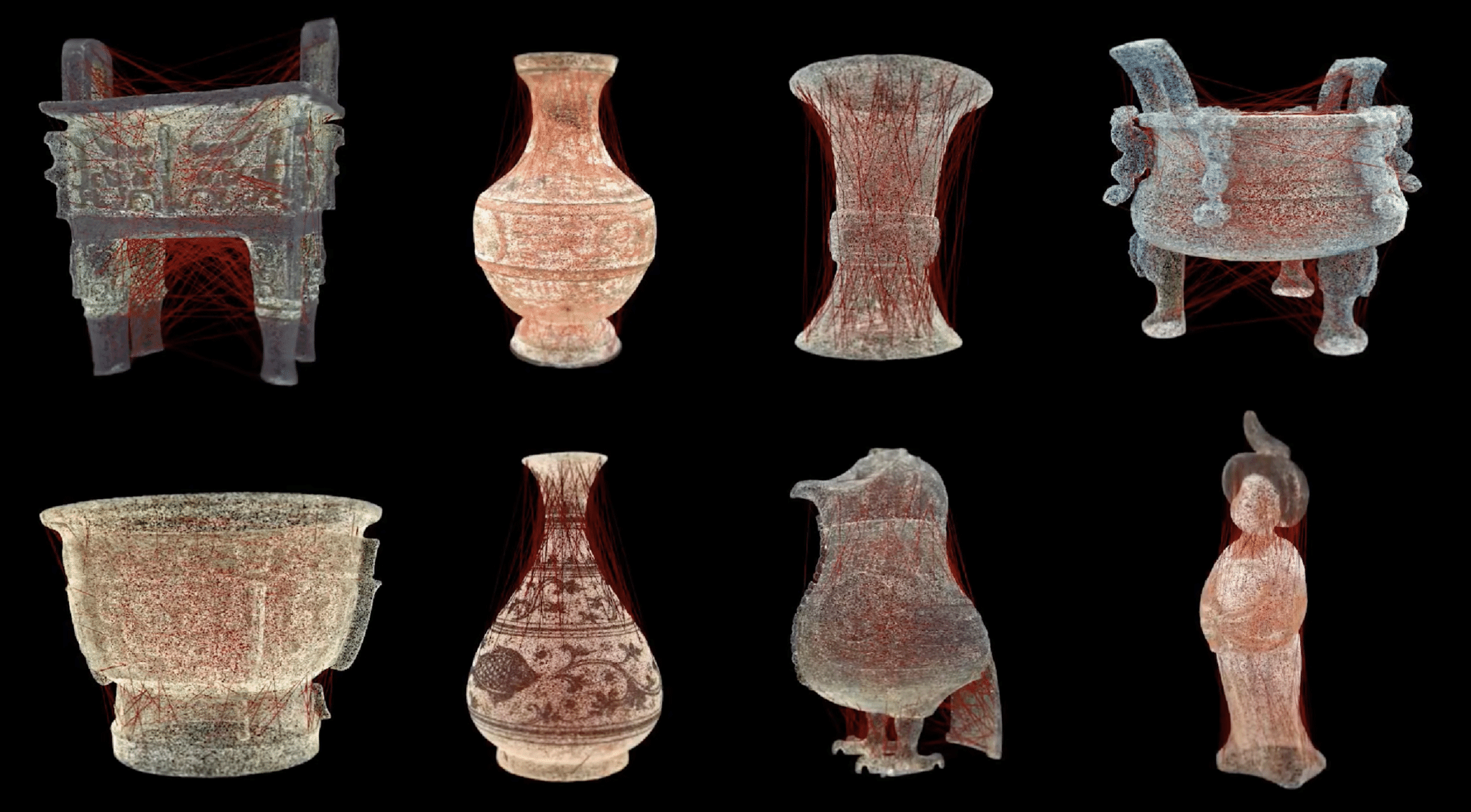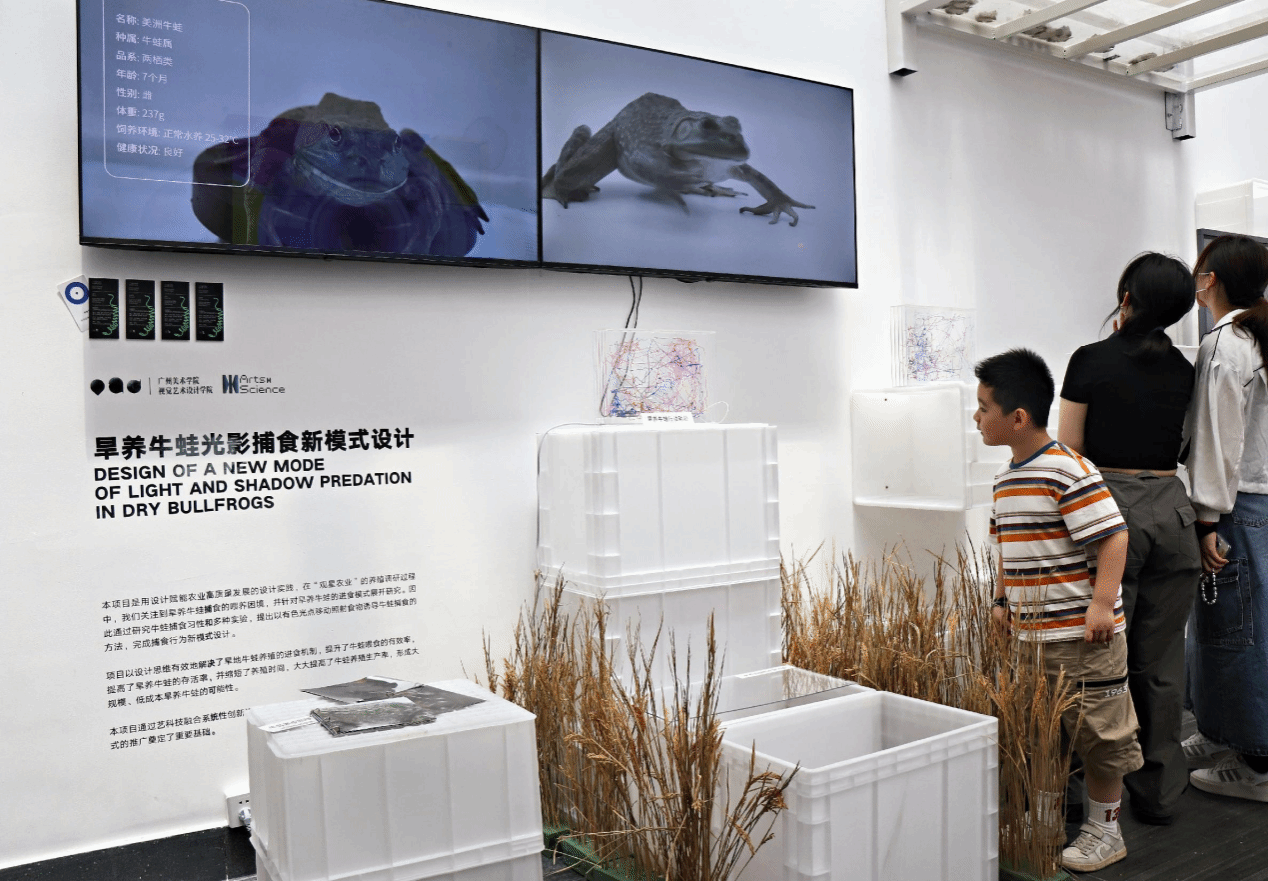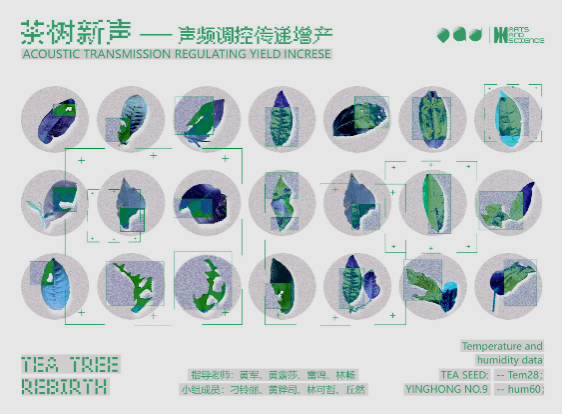Program Orientation
This cluster responds to the economic and social development needs of the 21st century, grounded in the strategic development of the Greater Bay Area. With integrated innovation and systems thinking as its core talent development philosophy, it explores an innovative design education system that fuses art, science, and the humanities. The goal is to cultivate future-oriented, compassionate leaders who are capable problem-solvers.
Skilled in combining design thinking with interdisciplinary approaches to identify trends and opportunities;
Capable of defining products or services and planning holistic solutions;
Proficient in applying digital technologies across industries in practical settings;
Globally minded, interdisciplinary innovators with self-renewal capabilities and a strong sense of social responsibility.
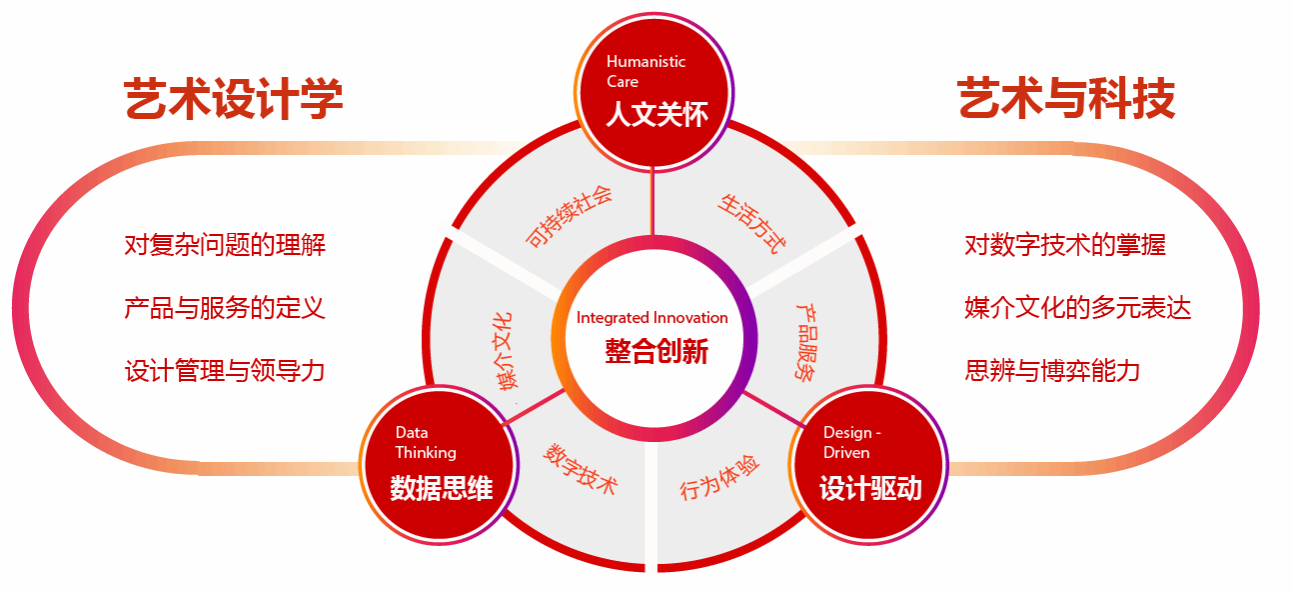
Talent Development Objectives:
Knowledge Acquisition:
Integrated and Innovative Thinking: Develop awareness and understanding of the humanities and social sciences; possess fundamental knowledge of natural sciences and information technology; master integrative and systematic thinking methods.
Professional Knowledge: Acquire foundational methods and processes of design thinking and practice; gain proficiency in cutting-edge theories, technologies, methods, and applications that fuse art and technology.
Skills Development:
Design Thinking and Expressive Ability: Demonstrate keen insight and interdisciplinary design thinking; integrate knowledge from art, humanities, society, and technology; proficiently use computers and digital tools to express design concepts through advanced technological means.
Integrated Innovation and Practical Skills: Capable of defining products or services and planning comprehensive solutions; able to engage in interdisciplinary collaboration and independent innovation.
Value Shaping:
Professional Literacy: Possess abilities in reflection, induction, and deduction in design; capable of self-directed learning, with strong self-renewal and teamwork capabilities.
Social Responsibility: Develop a deep understanding of design ethics and responsibilities; nurture compassionate, socially responsible future leaders who can solve complex problems.
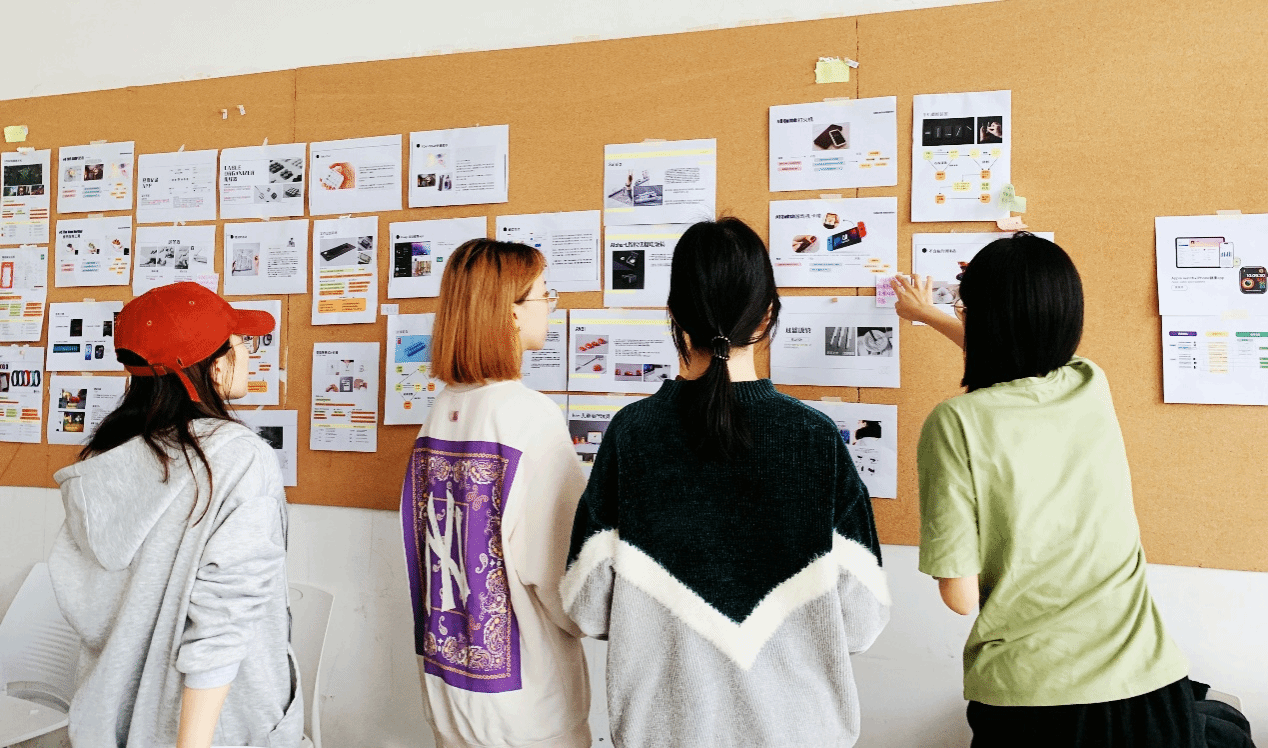
Art and Design
The Art and Design program at the GAFA was established in 1999 and began enrolling students in the same year. Rooted in national development strategies and the economic growth of the Greater Bay Area, the program responds to the demand for innovative design talent. Centered on the shared essence of all creative activities—design thinking—it aims to cultivate interdisciplinary and innovative talents equipped for 21st-century economic and social development, with strong self-renewal capabilities and a deep sense of social responsibility.
With integrated innovation as its core educational philosophy, the program explores how design thinking can be used to address the interplay between technology, society, organizations, and individuals—to interpret, manage, and apply technology responsibly. Teaching emphasizes students’ understanding of the causal relationships between technological advancement, human behavior, and social structures. Students are trained to use design thinking to solve complex societal problems, support organizational transformation, and contribute to cultural development.
The program prepares students for careers in product design, service design, user experience design, design management, and design strategy. Graduates go on to become globally competitive, high-caliber talents capable of integrated innovation across industries such as manufacturing, services, information technology, the internet, AI applications, arts and culture, and public services.
In recent years, students have participated in and won over 100 national and provincial design competitions, including prestigious international awards such as the Red Dot and iF Design Awards. The program maintains long-term partnerships with leading companies such as Huawei, Tencent, Alibaba, ByteDance, Midea, Vanke, and Philips, as well as institutions like CCTV, cultural centers, museums, and libraries. It also engages in educational collaborations with renowned international universities such as Politecnico di Milano, Carnegie Mellon University, and Eindhoven University of Technology, and receives support from global organizations such as the World Design Organization and the World Green Design Organization.


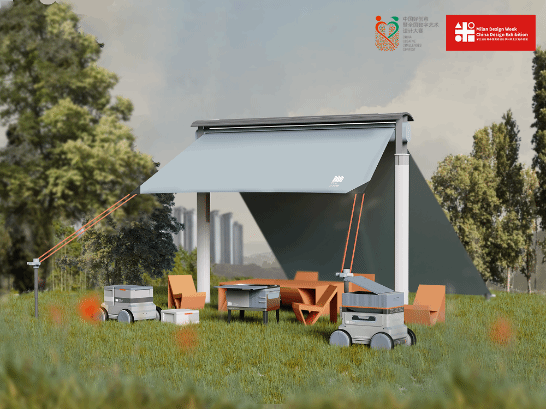


Art and Science
Originating from the Exhibition Art Design program established in 1999, this major at GAFA is among the first of its kind in China. It was upgraded to the Art and Science major in 2012 and, with over two decades of teaching practice, has developed a distinctive and well-established educational system. In 2020, it was recognized as a Provincial First-Class Undergraduate Program, and in the 2021 ShanghaiRanking’s Best Chinese Universities Ranking, the Art and Science major at GAFA was ranked 7th nationwide.
The program is supported by state-of-the-art facilities such as the Art and Science Laboratory, Human Factors Engineering Data Center, and Virtual Simulation Platforms, offering students hands-on opportunities and research-based learning environments. In close collaboration with top-tier tech companies including Tencent, Alibaba, and ByteDance, the program offers joint training and project incubation opportunities. It has established a strong model of influence in South China and is a designated National First-Class Undergraduate Program under China’s Ministry of Education Double Ten Thousand Plan.
The Art and Science major focuses on cultivating interdisciplinary design talents adapted to the digital experience economy. Targeting China’s strategic high-tech industrial clusters, the program emphasizes a systems perspective, grounded in the integration of data science, cognitive science, and systems science. It explores the innovative relationships and effectiveness of art, science, and technology. Embracing the educational philosophy of art-tech integration and industry-education integration, the curriculum emphasizes interdisciplinary collaboration and design thinking.
Students are encouraged to combine creativity with advanced technologies in areas such as Artificial Intelligence (AI), digital twins, augmented/virtual/mixed reality (AR/VR/MR), and intelligent manufacturing. The program fosters high-level design skills, cutting-edge technological proficiency, and strong commercial insight in the field of creative innovation, equipping graduates with a competitive edge across a wide range of industries.
